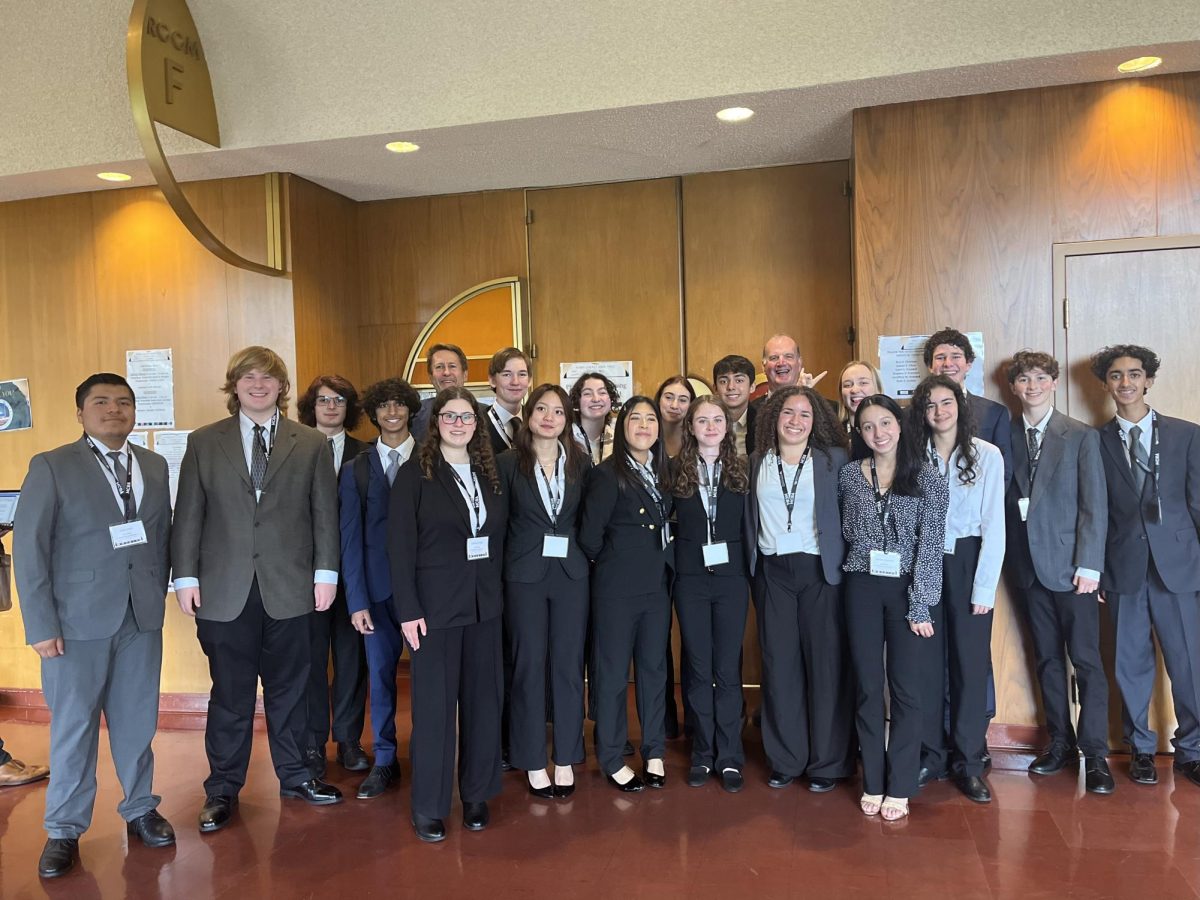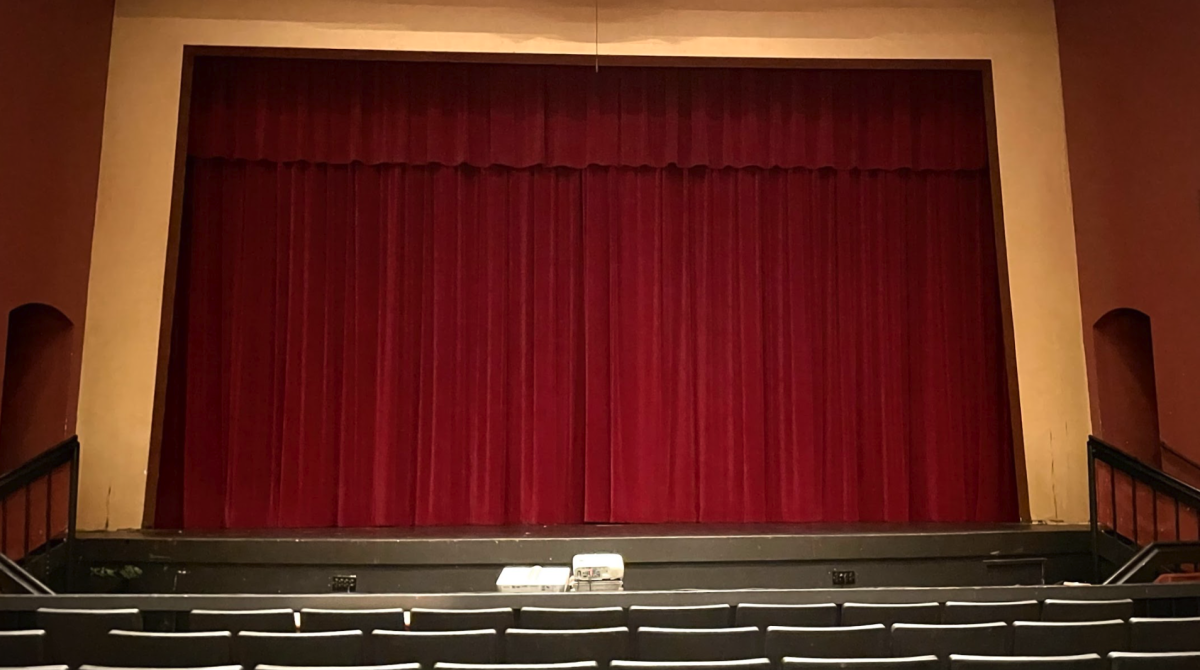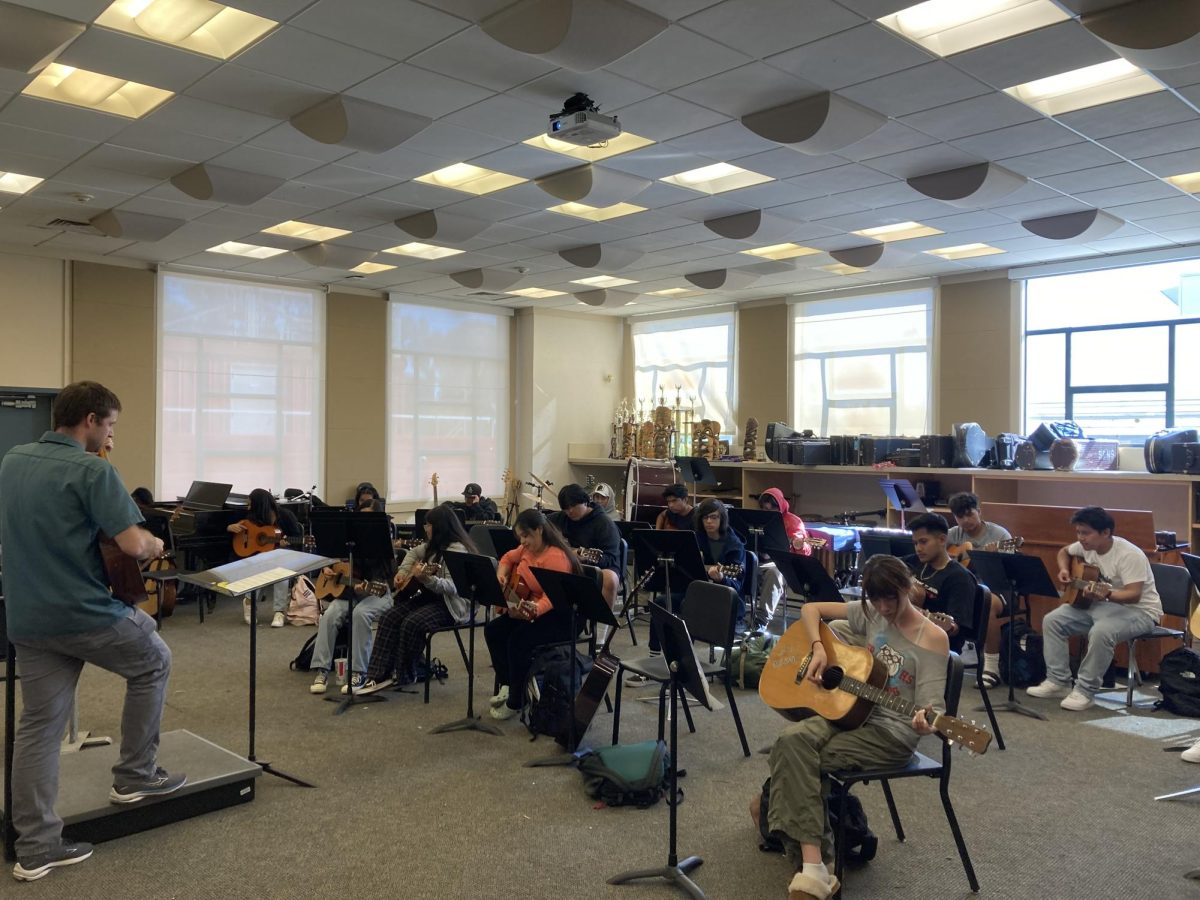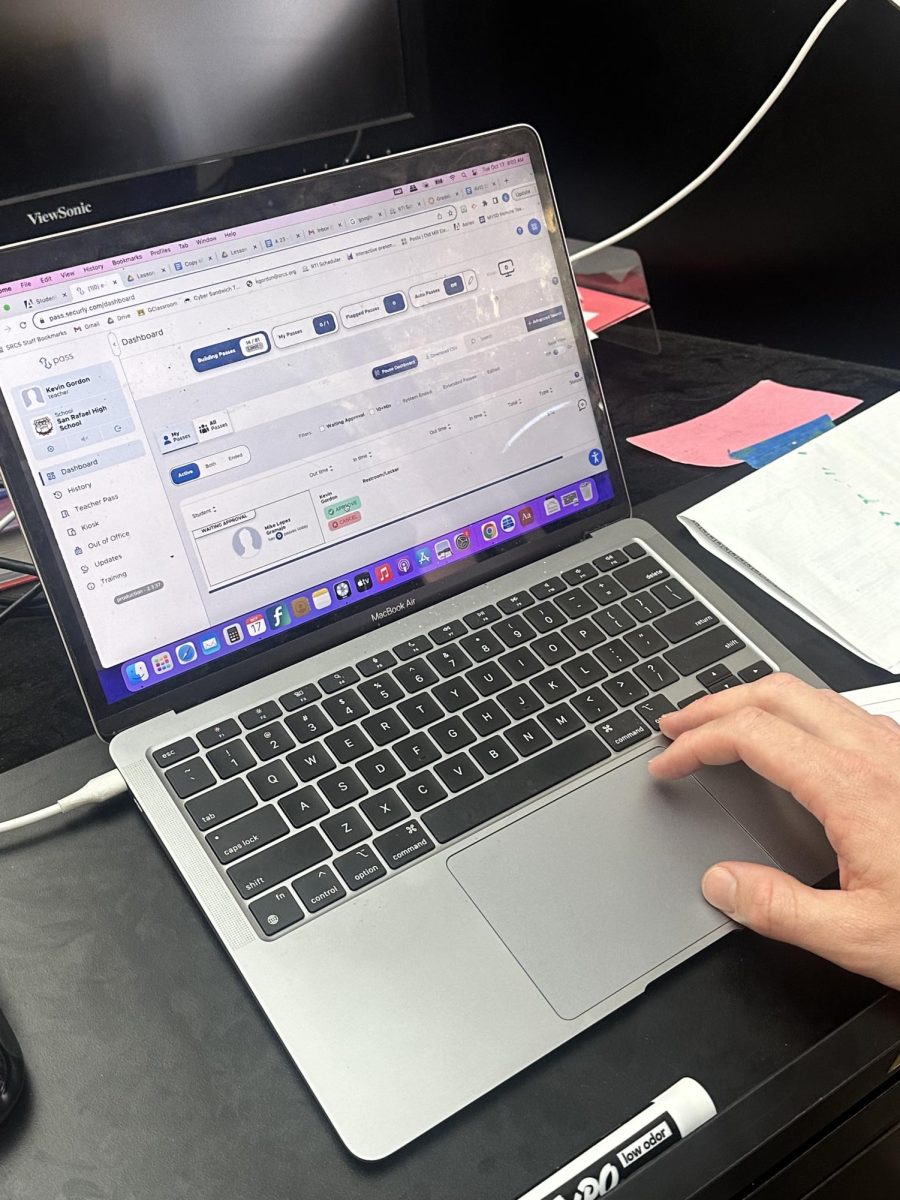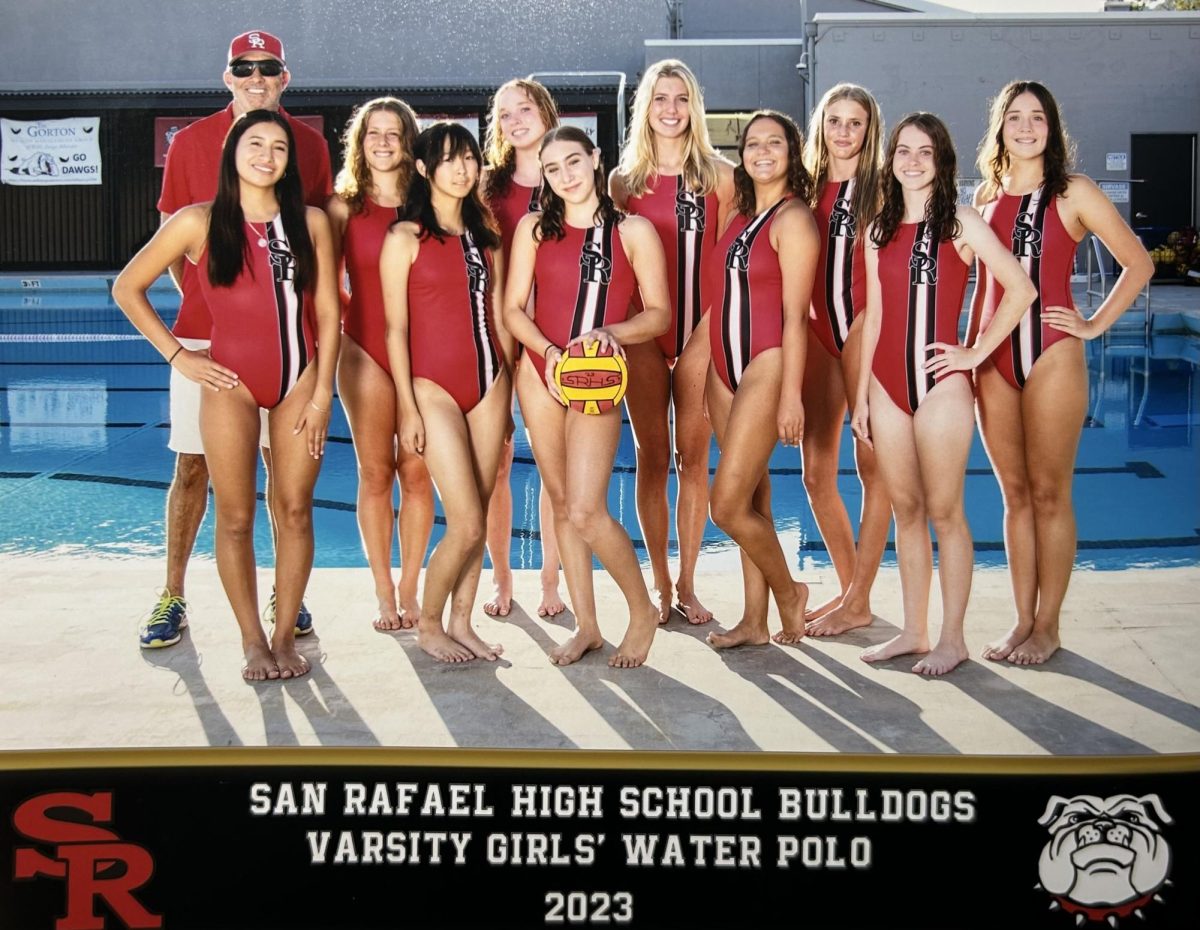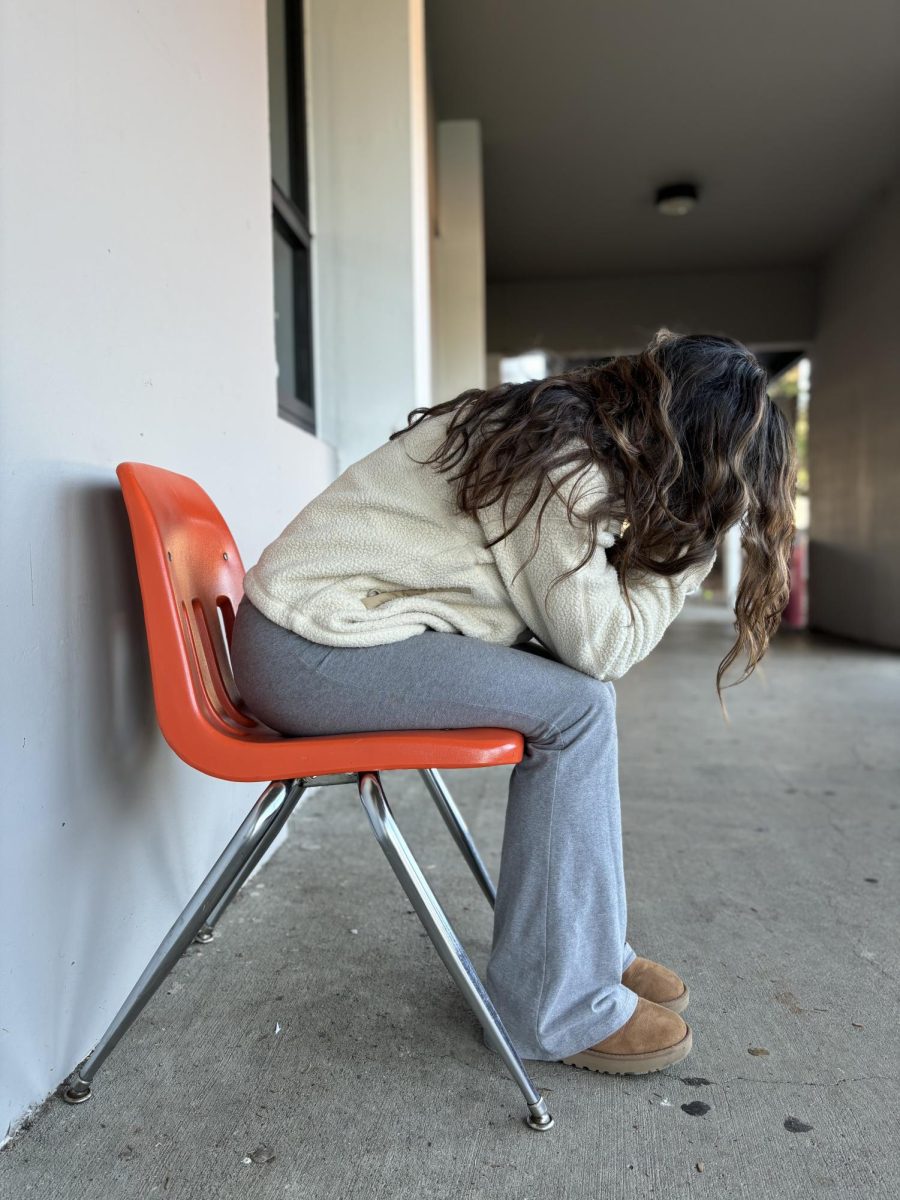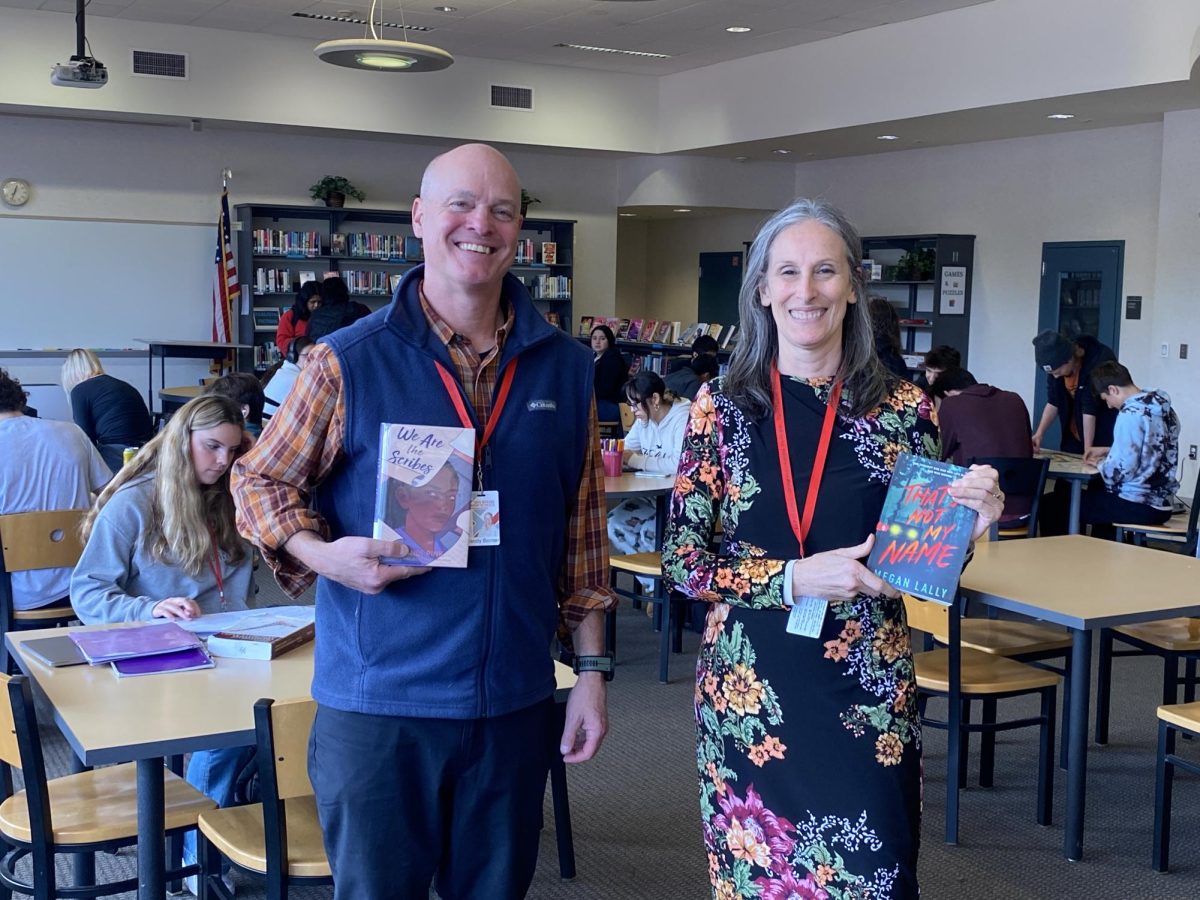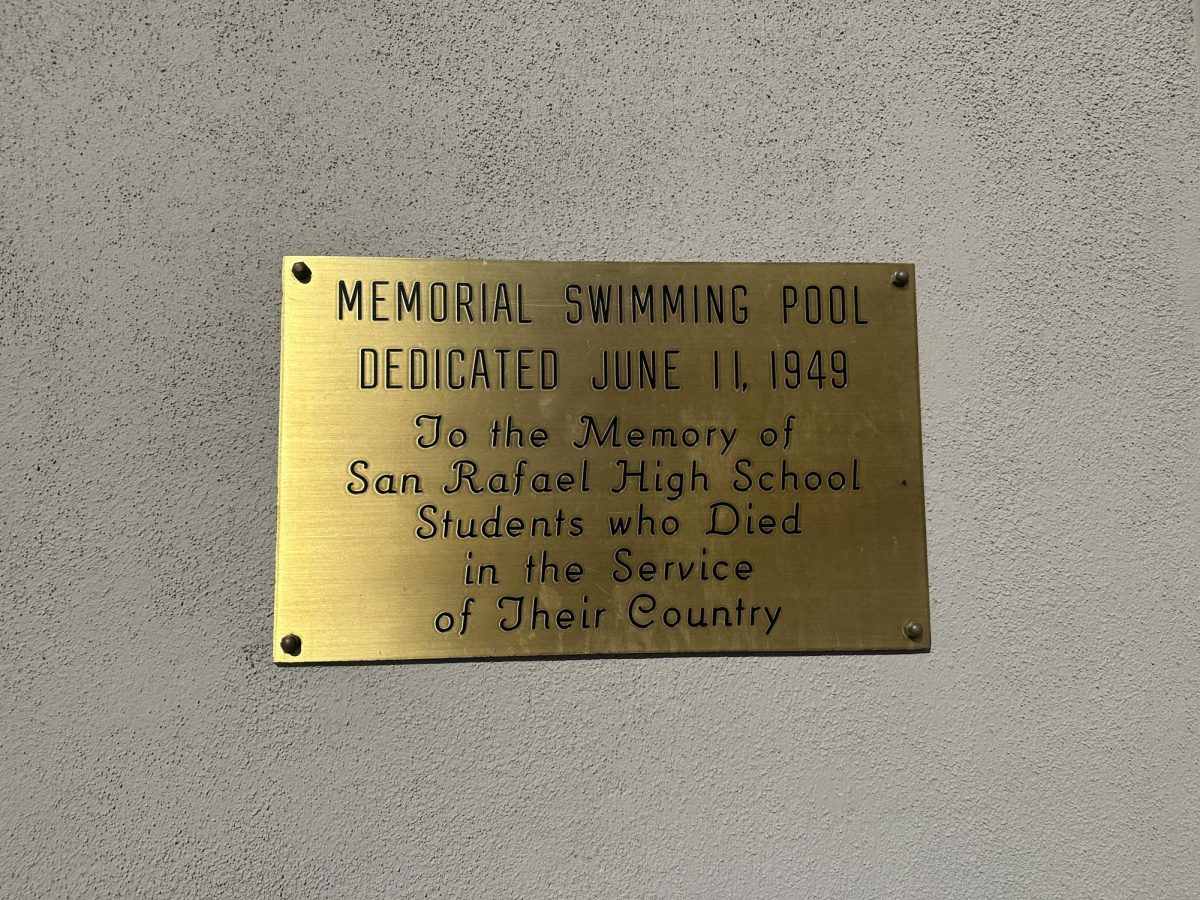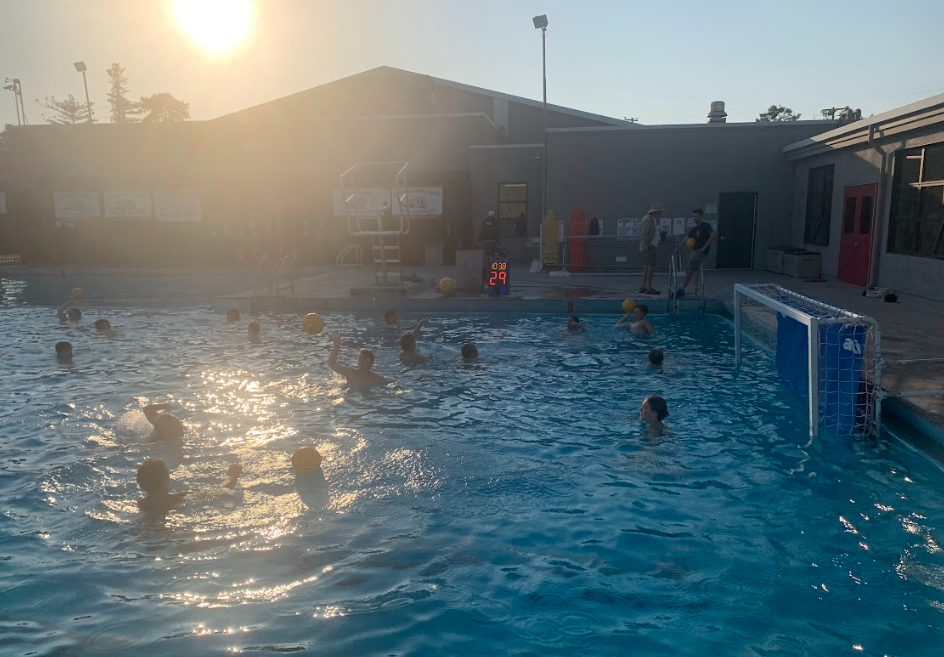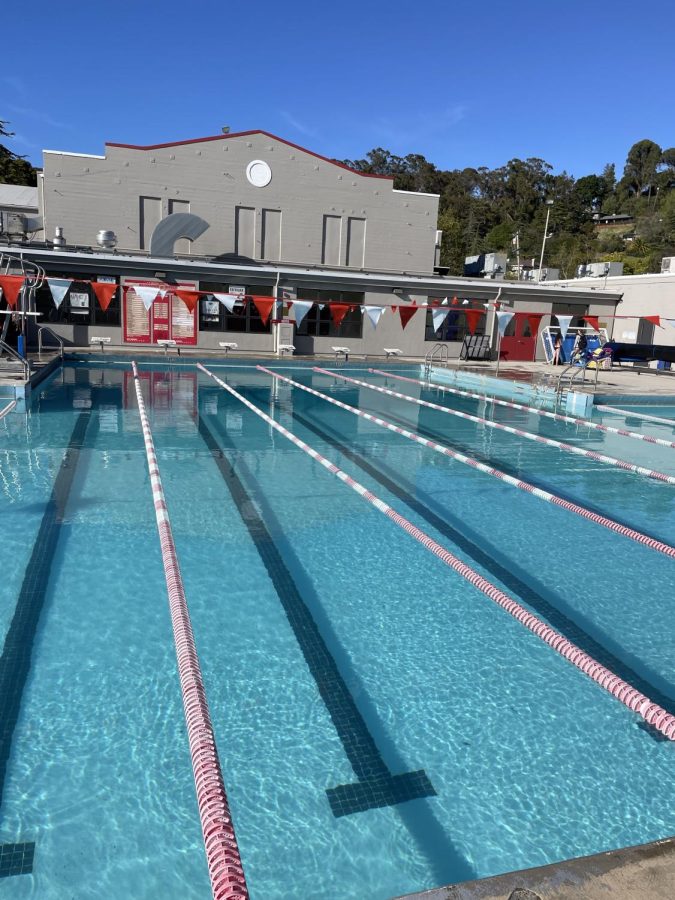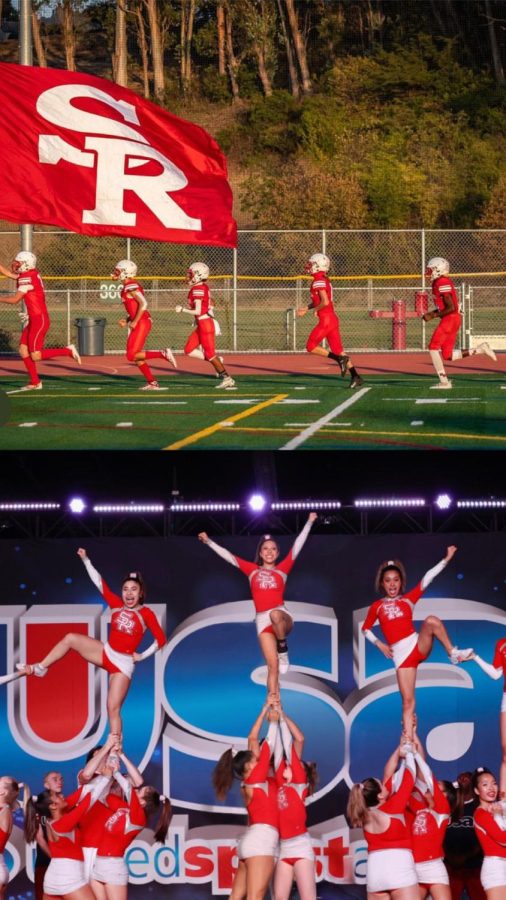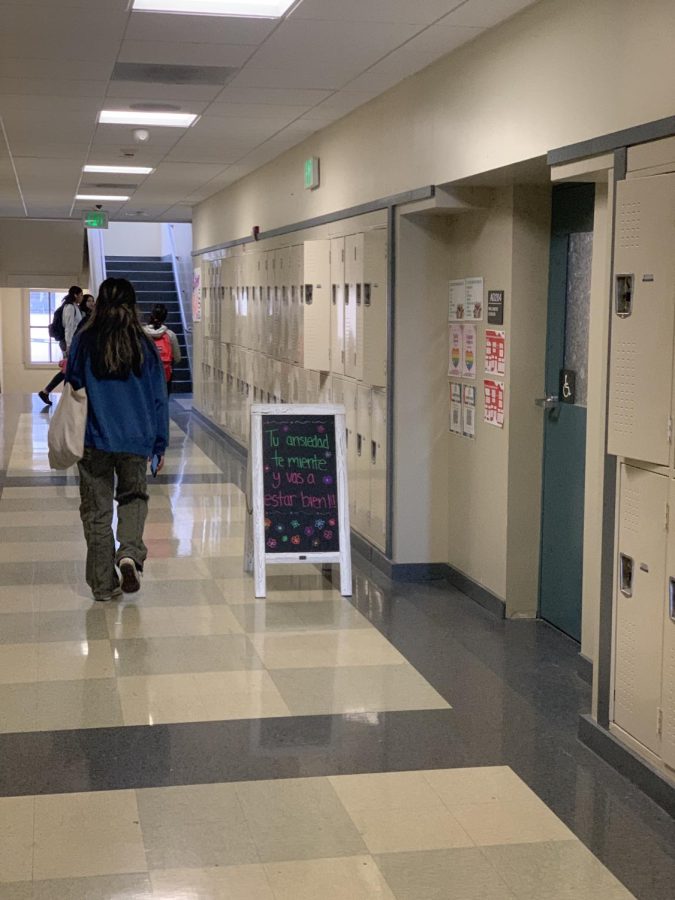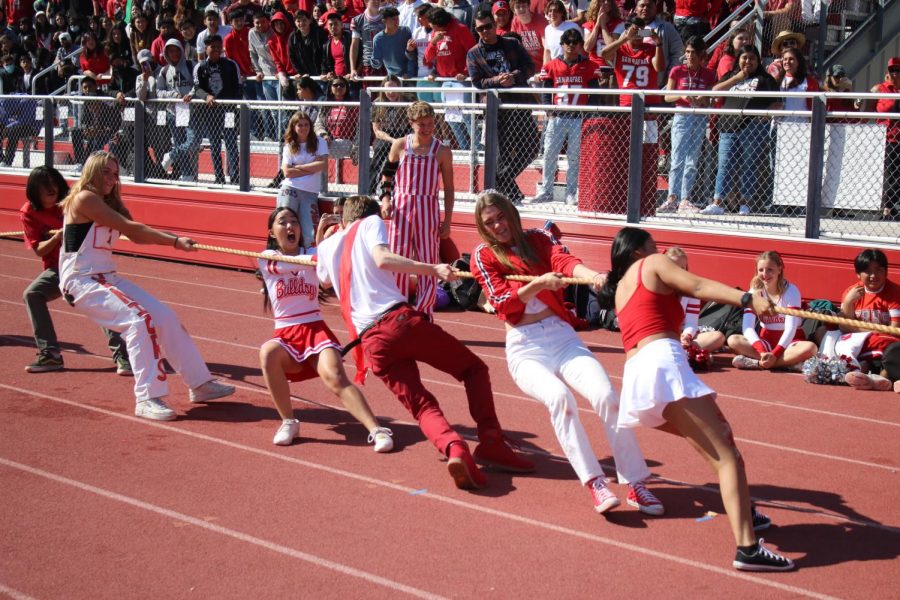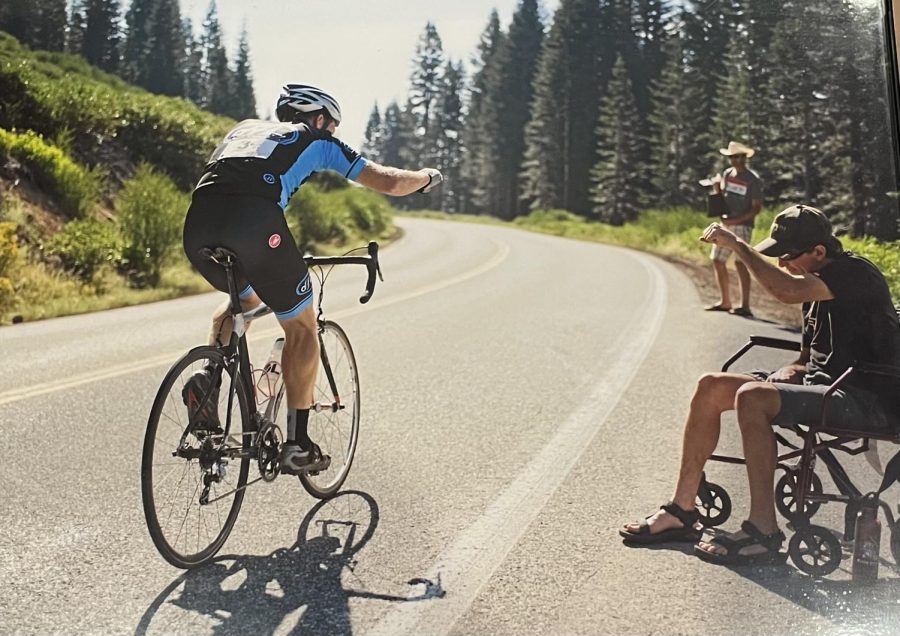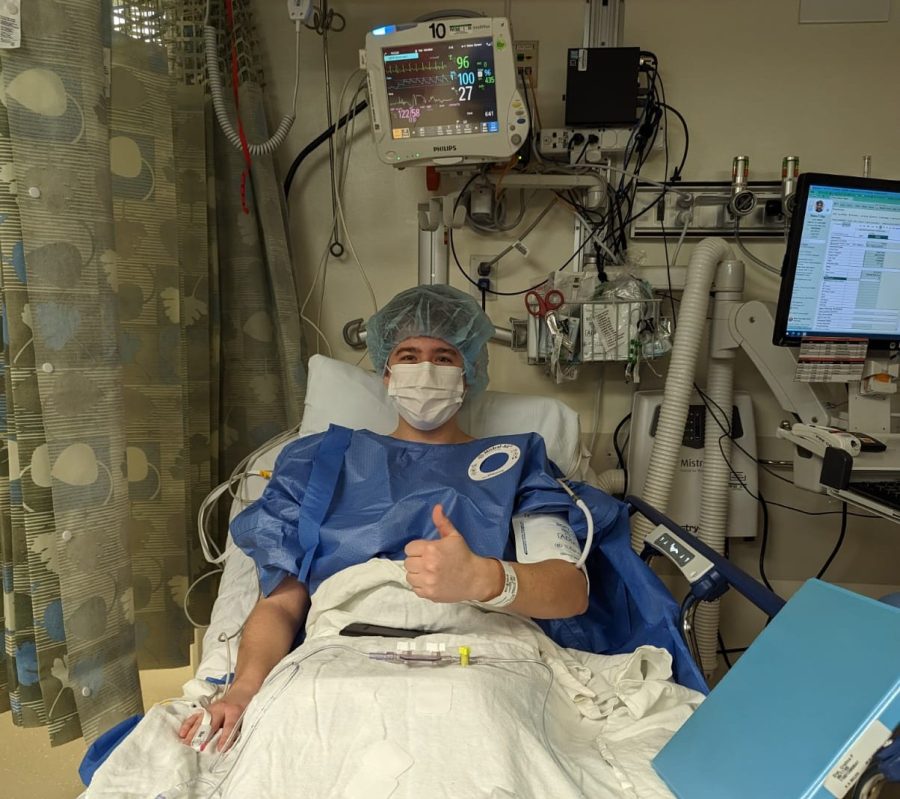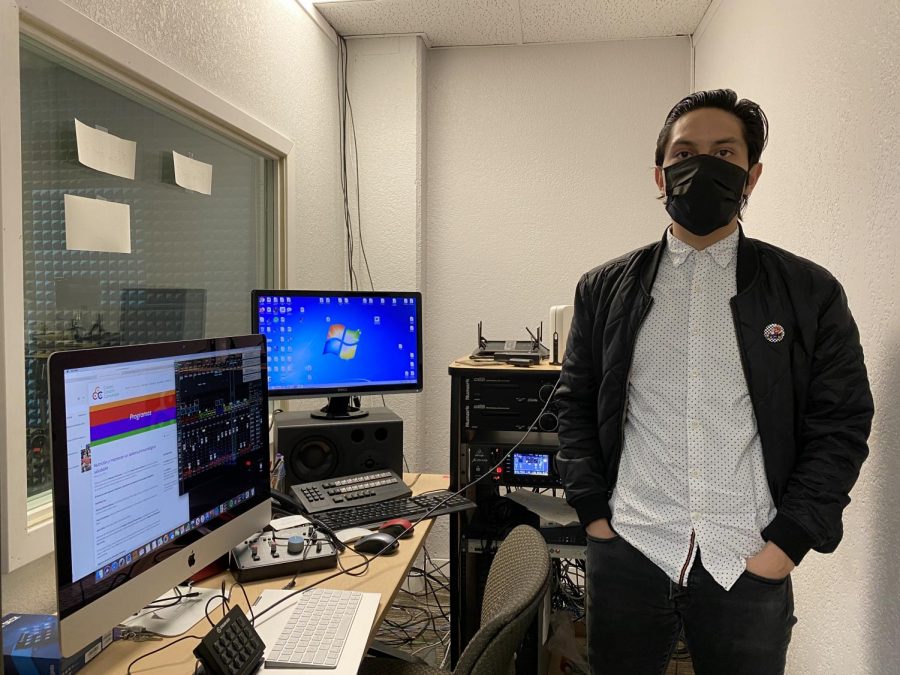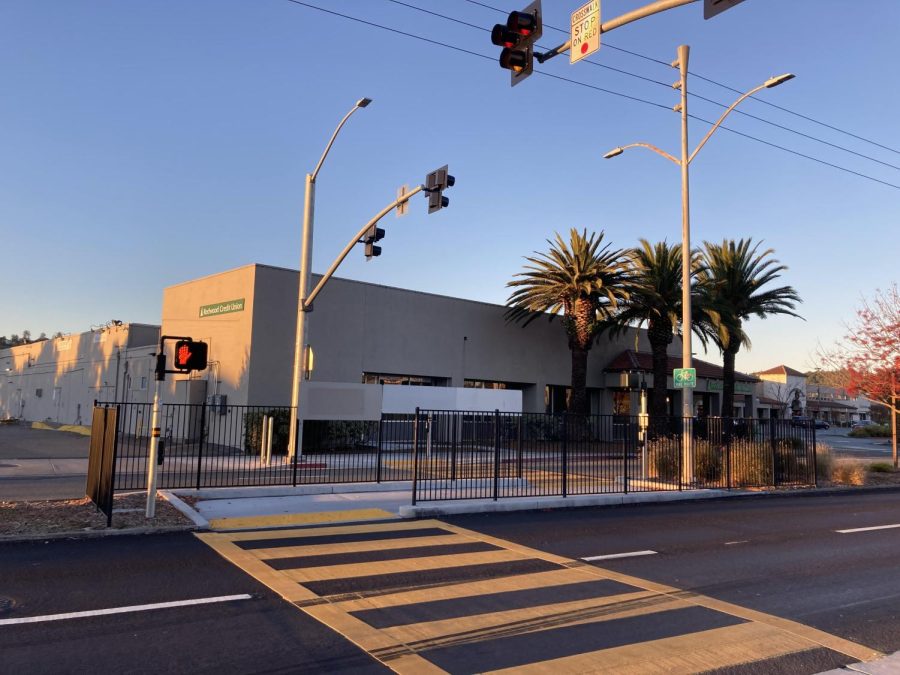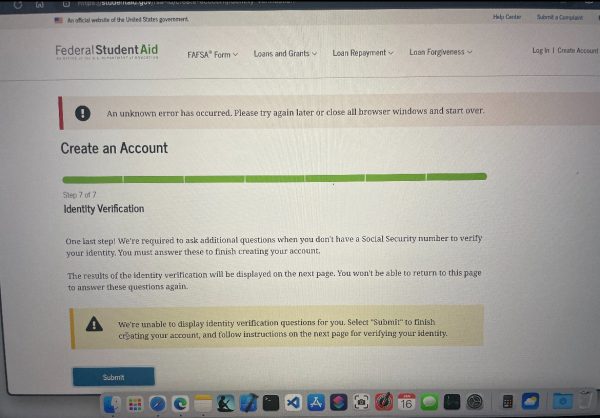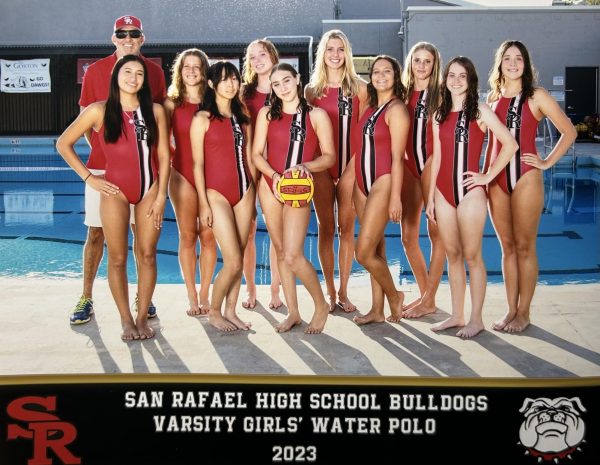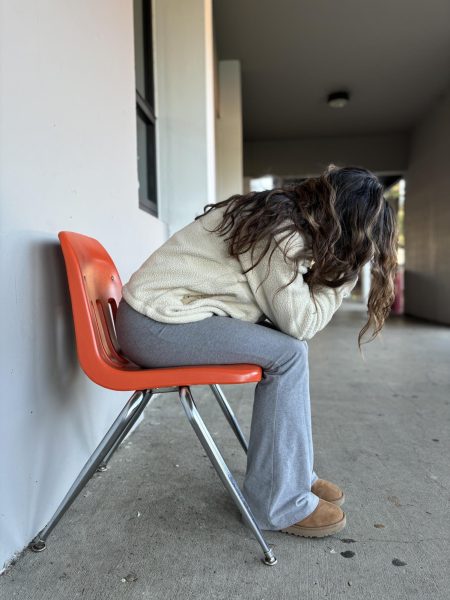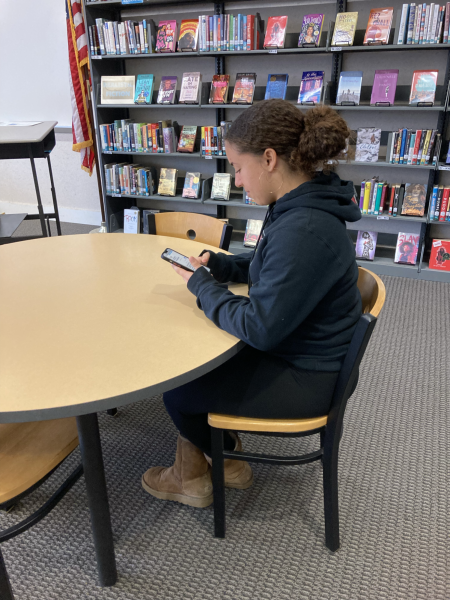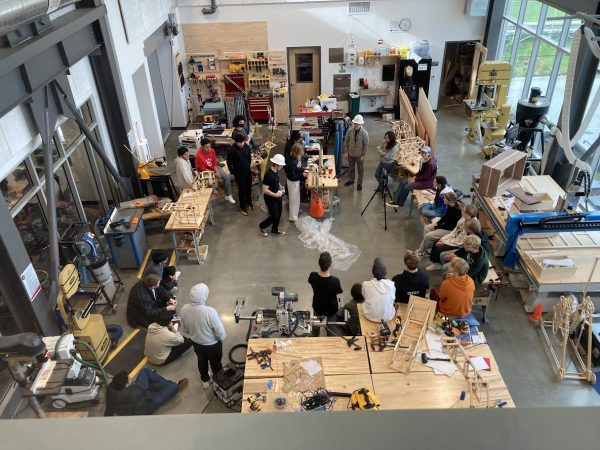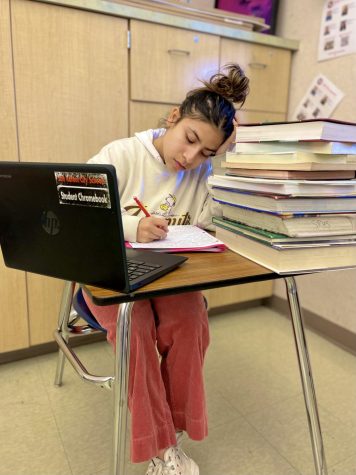San Rafael High School Pedestrian Crosswalk Encourages Jaywalking
December 8, 2022
The pedestrian crosswalk located outside of San Rafael High School’s front entrance is a recent development of the last 2 years. The crosswalk is used primarily by San Rafael students during their lunch and after school. It is designed to allow a quick and safe way for students to cross the busy San Pedro road to access Montecito Plaza. Is this actually the reality?
Jeremi Nuer, a senior at San Rafael High commented, “I would say that cars stop for us so there is really no need to wait… it’s insulting to the cars that have stopped [not to proceed, even against a red light].”
There is no doubt that this crosswalk allows students to get to Montecito more quickly, a very prevalent desire for students, especially during lunch when they only have 40 minutes to get food. The issue arises when students don’t properly use the crosswalk as intended and instead decide to cross illegally without waiting for the light to turn green.
The pedestrian crosswalk located outside the front entrance of San Rafael High works a little bit differently than a typical intersection crosswalk. The major difference is that it is broken into two offset sections separated by a median island; the lights for these two sections work independently. In busy times, this creates a bottleneck of students standing on the island in the middle of the street.
Additionally, a standard four-way intersection has an automated system that gives the right of way to cars and pedestrians in alternating turns. But with the pedestrian crosswalk, cars will always have the right of way until a pedestrian hits the button indicating they are waiting.
This unique crosswalk design should ideally work for streets such as San Pedro because there are not always pedestrians trying to cross. This crosswalk doesn’t cause traffic when there aren’t pedestrians because cars won’t be stopped unless there is someone waitting who has pressed the button.
However, problems arise when a large percentage of the SRHS student body of 1,298 students tries to cross the street during the lunch hour. Suddenly, there’s a plethora of kids who are all crossing simultaneously, many against a red light for them, backing up traffic. On the flipside, when drivers see a large number of pedestrians waiting to cross, many stop at the light regardless of whether or not it is red for them, encouraging students to jaywalk.
Moreover, drivers and pedestrians alike perceive the length of time they have to wait as too long. It’s a full nine seconds from the moment a pedestrian hits the button to when they are able to cross the road. Although it’s not much time, it can seem unnecessary if there are no cars in sight; waiting twice as long for the light as it takes to cross the street seems an inconvenience students aren’t willing to accept. Drivers, too, are seen driving through a red light when there are no students waiting to cross.
I took it upon myself to investigate how many people actually use the crosswalk as intended. I waited by the crosswalk after school to tally what I witnessed. Within 10 minutes, I counted 18 people who pressed the button and waited for the traffic lights to turn green. This is just about half the number of people (34) I watched walk out in front of a car while the pedestrians did not have the right of way.
Additionally, I counted 13 cars that ran the solid red while pedestrians had the right of way because there were no students waiting. So, not only are students jaywalking, cars are running their own red lights. It’s an alarming number of students who are jaywalking and the number of cars running the red in 10 minutes. On average, during peak times when students are crossing, a car will run the red about once a minute and a student will jaywalk about every 25 seconds. It seems to me, people aren’t obeying the rules of the road.
While it may seem safer for students to cross in large groups it gets into the minds of the students that it is ok to jaywalk the crosswalk. When students cross the street alone, they will still jaywalk, and that is where the real issue is. Students are learning that it is ok to jaywalk because cars will stop for large numbers of pedestrians. But once these students are alone and try to cross the street, cars may not see them.While my requests for injury related data regarding the crosswalk went unanswered by school administrators, nevertheless, this crosswalk certainly seems dangerous. That said, it is still an improvement over what was there previously, which was nothing. Before this crosswalk, students would jaywalk anyways without any safer alternative besides going the long way around to the main intersection.
Max Schrayer, a senior at SRHS remarked, “I don’t think it’s a perfect system, but I think that it does the job.” This crosswalk has its flaws, but it is still a step in the right direction for the safety of students. What is really important is pedestrians and drivers having the proper understanding of how the crosswalk works. Attached is a video on the proper way to use the crosswalk and it will ensure the safety of everyone involved.

